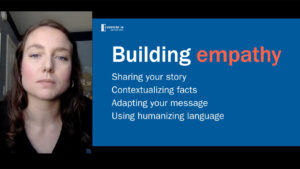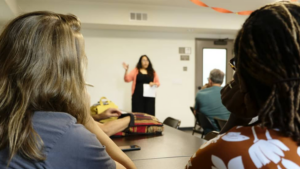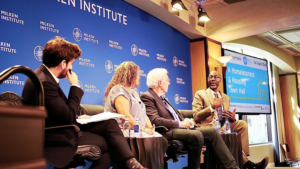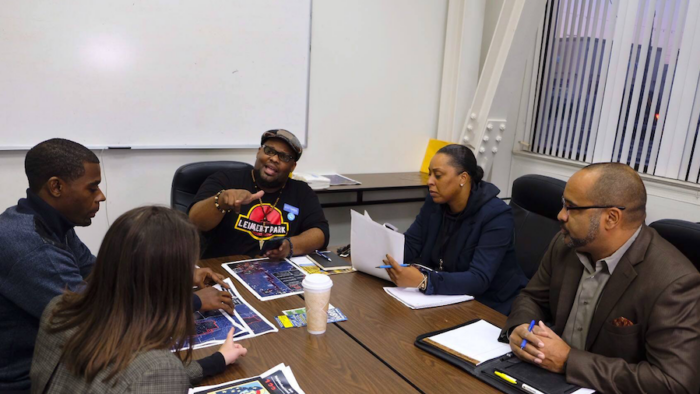More on This Episode:
Another common challenge is fielding questions from people who are not interested in or open to your input.
There’s a difference between people who ask difficult questions and people who are trying to provoke you.
You can tell the difference by looking at a few things, including context, emotional cues, body language, and verbal response. Once you have a sense of who you’re talking to and what’s behind the question, you can decide if you want to continue engaging.
It’s helpful to remember that our priority is to engage with people who already agree or empathize with us to some degree and to get them to take a more active role in ending homelessness–not to convince people who disagree with us.









